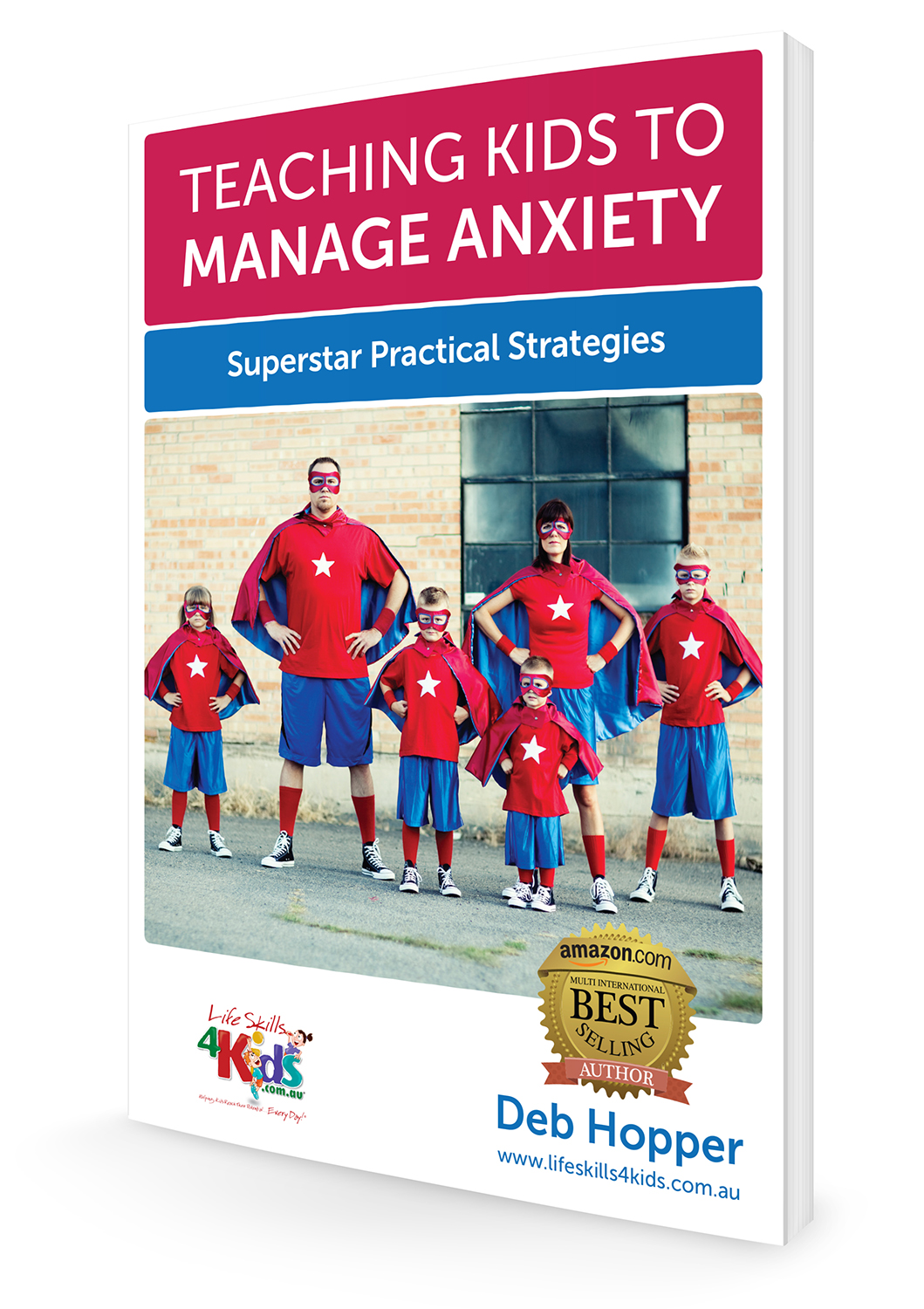 .
.  .
. 
In Episode 2 of Life Skills 4 Kids, join my interesting conversation with Cathy Love on how to make mornings easier and smoother for your family. In a recent survey we conducted, over half of the parents had a goal to make mornings easier, smoother and less stressful. We will give you tips and examples of what you can do and how you can apply these in your own morning routines.
My guest today, Cathy Love, Founding Director of Nacre Consulting, is a fellow Occupational Therapist, ICF trained coach, author and speaker. She works with allied health professionals who want to develop powerful and profitable businesses to create a positive impact on their owners, teams and clients.
In this episode we cover:
- A high percentage of parents wanting to have better mornings.
- Thinking about what you bring to the morning as a parent and how it can affect your day and your kids.
- Parents wanting to have more peaceful and happier days and relationships within the family.
- The effect of the media’s portrayal of how families and mornings should look.
- Deb and Cathy’s own experiences with their kids.
- Effect and recovery on kids who are emotionally or cognitively fragile.
- Pros and cons of kids getting screen time in the mornings.
- Suggestions for families to have smoother mornings.
- Thoughts and suggestions about parents who become assertive and give cross-messages when their tension levels are up.
- Do visual schedules work?
- Video social stories and apps that can help your child with routines in the morning.
- Tips for smoother mornings in families.
- Information on the government inquiry on sleep.
- Summary and takeaways on the conversation.
Links:
Teaching Kids to Manage Anxiety: Superstar Practical Strategies (eBook)
Kids today are growing up in a fast-paced world where information and opportunity overload can be overwhelming.
Based on many years of clinical experience as an Occupational Therapist, Deb Hopper has been using her Just Right Kids® Model to teach children to communicate and manage their stress and anxiety by:
– Identifying their “body speed”,
– Understanding their stress triggers, and
– Implementing simple strategies to reduce anxiety and stress.


